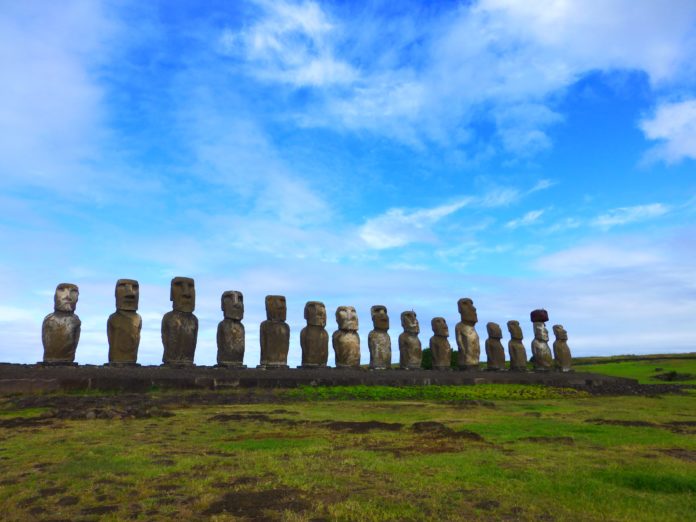Easter is just around the corner, so it’s a better time than ever to learn more about the world’s top attraction named after this holiday. Easter Island is best known for being home to monumental Moai statues, but have you ever wondered how it got this name?
The first recorded European visitor, the Dutch explorer Jacob Roggeveen, reached the soil of this island in the southeastern Pacific Ocean in 1722. It was Easter Sunday when his crew dropped anchor here, and they celebrated the occasion by naming it Paasch-Eyland – Easter Island in the 18th-century Dutch.
This name has been widely accepted in the centuries to come, and the official Spanish name, Isla de Pascua, can also be translated as Easter Island. The current inhabitants also call it Rapa Nui (Big Rapa), but this name comes with a darker backstory.
This name first came in used during the slave raids of the early 1860s that took place on the island. The slavers confused it with another island named Rapa, due to their topographic resemblance, and the new name Rapa Nui was coined to avoid the confusion.

